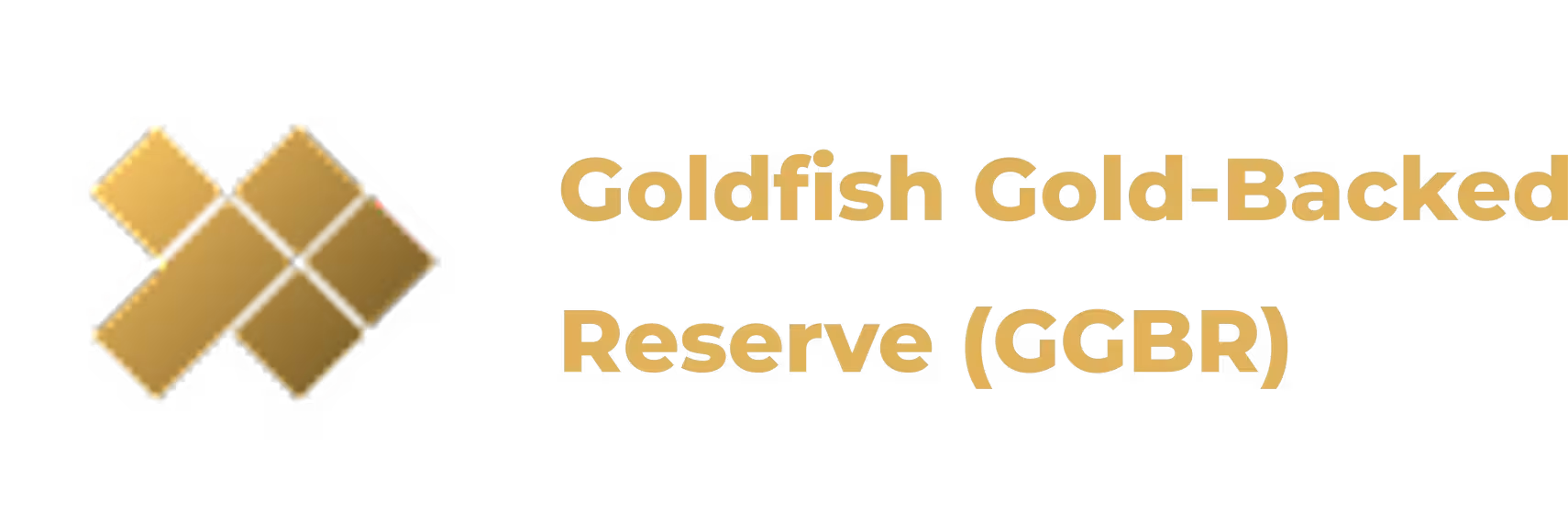Introduction: Why Emerging Economies Look to Gold
Emerging economies face unique financial challenges. Many of these countries operate in volatile environments. Inflation, rising debt, and external shocks create constant uncertainty. Traditional monetary systems often fail to protect local citizens. As a result, governments and private sectors are exploring alternatives. One promising solution is gold-backed assets. These instruments offer a balance between traditional stability and modern flexibility.
Gold provides credibility that many local currencies lack. For decades, it has preserved value through crises. Now, digital models make it more accessible to governments, businesses, and everyday citizens. This article presents a regional overview. It shows how Asia, Africa, Latin America, and the Middle East are adopting gold-backed solutions. It also examines future opportunities and challenges for these economies.
Gold-Backed Assets: The Foundation of Trust
Gold-backed assets combine traditional security with modern finance. Unlike fiat currencies, they hold intrinsic value. Unlike many cryptocurrencies, they are tied to verified reserves. Some models are backed by NI 43-101 verified in-situ gold reserves. This ensures independent validation of claims. Others link value to the LBMA PM gold price plus a premium. Both approaches create transparency and trust.
These assets are not paper promises. They represent tangible reserves secured under international standards. Investors can see proof-of-reserves, audited by independent bodies. That transparency attracts both retail and institutional buyers. The appeal lies in resilience. Gold-backed systems provide hedges against inflation and currency collapse. They also allow digital innovation, making assets accessible through blockchain platforms.
Why Emerging Economies Embrace Gold-Backed Assets
Several global and domestic pressures drive adoption:
- Currency Volatility: Local currencies often lose value quickly. Pegging assets to gold protects savings.
- Debt Management: Gold-backed collateral improves creditworthiness in global markets.
- Foreign Trade: Stable reserves reduce reliance on volatile foreign currencies like the US dollar.
- Digital Finance: Tokenized reserves align with global fintech trends.
Citizens also find relief. For households, these systems protect wages from inflation. For businesses, they provide reliable settlement tools. For governments, they attract foreign capital. The combination of stability and innovation makes gold-backed models especially attractive in emerging markets.
Regional Overview of Adoption
Asia: Pioneering Stability Through Gold
Asia remains at the forefront of gold adoption. The region holds some of the world’s largest reserves. Countries like China and India have cultural and financial ties to gold. China integrates blockchain technology into its trade settlements. Pilot programs aim to reduce dependence on the dollar. India, with strong retail demand, is rapidly digitizing gold access. Fintech firms introduce gold-backed wallets for everyday use.
Indonesia explores tokenized reserves for regional trade. Its government views gold as a tool for financial inclusion. Smaller nations in Southeast Asia follow similar paths. For Asia, gold-backed assets enhance financial sovereignty. They reduce reliance on external markets while providing citizens with trusted alternatives.
Africa: Unlocking Resource Potential
Africa is home to abundant gold reserves. Yet, many economies suffer from weak currencies and inflation. This makes gold-backed assets especially valuable. Nigeria has shown interest in using gold to stabilize its economy. Digital tokens tied to reserves could reduce pressure on the naira. South Africa, a major gold producer, explores blockchain solutions for trade.
Other countries face challenges of informal markets and currency shortages. By introducing gold-backed models, they can improve trust and reduce black-market dependency. For Africa, these assets are more than tools for savings. They are strategies for long-term economic independence. Properly implemented, they attract foreign investors and support regional integration.
Latin America: Combating Inflation with Gold
Latin America is no stranger to inflation. Countries like Venezuela and Argentina have struggled with currency collapse. Citizens seek safe havens for savings. Gold-backed systems offer that safety. In Venezuela, people turn to gold for stability in everyday trade. Argentina sees increasing demand for digital tokens tied to gold. These provide alternatives when the peso weakens.
Brazil explores central bank-backed solutions using tokenized gold. Such projects aim to modernize settlement systems. Other regional players consider similar approaches to fight inflation and strengthen trade. In Latin America, the push toward gold-backed assets is both bottom-up and top-down. Citizens demand protection, while governments seek credibility in global markets.
Middle East: Blending Tradition and Innovation
The Middle East has always valued gold. Today, regional economies merge tradition with innovation. The UAE stands out as a leader. Known as a global gold hub, it develops blockchain solutions to expand trade. Gold-backed tokens integrate with financial systems for local and foreign investors. Saudi Arabia also explores gold-based initiatives. These align with its diversification goals under Vision 2030. By backing assets with gold, the country reduces dependence on oil revenues. Other Gulf nations join this trend. They view gold as a stabilizing force in digital finance. This combination of heritage and technology makes adoption smoother.
Benefits for Emerging Economies
Gold-backed assets bring multiple advantages:
- Economic Stability – They peg value to reserves, reducing currency volatility.
- Investor Confidence – Transparent reserves build trust in domestic and foreign markets.
- Inflation Hedge – Citizens safeguard their savings against rapid devaluation.
- Trade Efficiency – Cross-border deals benefit from stable settlement systems.
- Financial Inclusion – Digital tokens make gold accessible beyond wealthy investors.
For governments, these benefits improve credit ratings and financial reputation. For citizens, they provide practical ways to preserve wealth. For investors, they create safe and transparent entry points.
Risks and Challenges
Adoption is not without difficulties. Emerging economies face several challenges:
- Regulation: Clear frameworks are still developing in many regions.
- Technology Gaps: Infrastructure may not fully support tokenized systems.
- Public Trust: Citizens need assurance that reserves are real and verified.
- Liquidity: Smaller projects may lack trading depth in early stages.
Despite these hurdles, momentum is growing. Governments and private players continue to invest in solutions. Over time, these challenges are likely to diminish.
The Role of Projects Like Goldfish
Private projects accelerate progress in gold-backed adoption. The Goldfish Presale is one such example. Goldfish offers innovative tools that combine transparency with blockchain efficiency. By linking tokens to proven reserves, it ensures both trust and accessibility. Emerging economies can replicate such models for national systems.
Beyond stability, Goldfish highlights community engagement. It shows how decentralized finance can work with real-world assets. By blending technology with gold, it demonstrates a practical path for adoption. For emerging economies, studying projects like Goldfish provides inspiration. They show how private initiatives complement national strategies for financial resilience.
Future Outlook: A Gold-Backed Digital Era
The shift toward gold-backed assets reflects a structural change. Emerging economies are reshaping their financial foundations.
Several trends will define the future:
- Integration with central bank digital currencies (CBDCs).
- Wider use of tokenized gold in global settlements.
- Increased reliance on in-situ gold reserves as collateral.
- Growing retail adoption through mobile platforms.
In the next decade, gold could become the backbone of digital finance. Emerging economies will likely lead this transformation. Their needs align perfectly with the stability and trust gold provides.
Conclusion
Gold-backed assets are transforming financial systems in emerging economies. They offer protection against inflation, instability, and external shocks. Asia pushes adoption through trade innovation. Africa leverages natural resources for stability. Latin America fights inflation with practical solutions. The Middle East combines tradition and technology for modern systems. Projects like Goldfish show the future of community-driven finance. They highlight how blockchain and gold create powerful combinations. As adoption accelerates, gold once again proves its timeless role. It is not just a safe haven—it is the foundation of trust for future economies.



